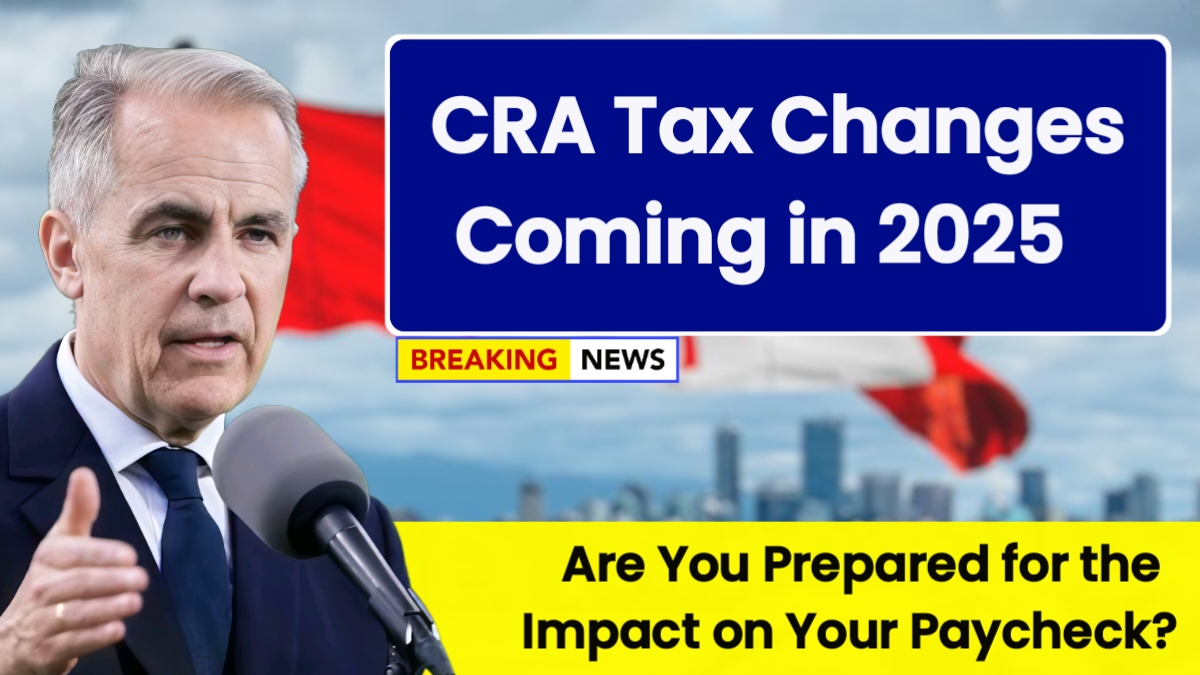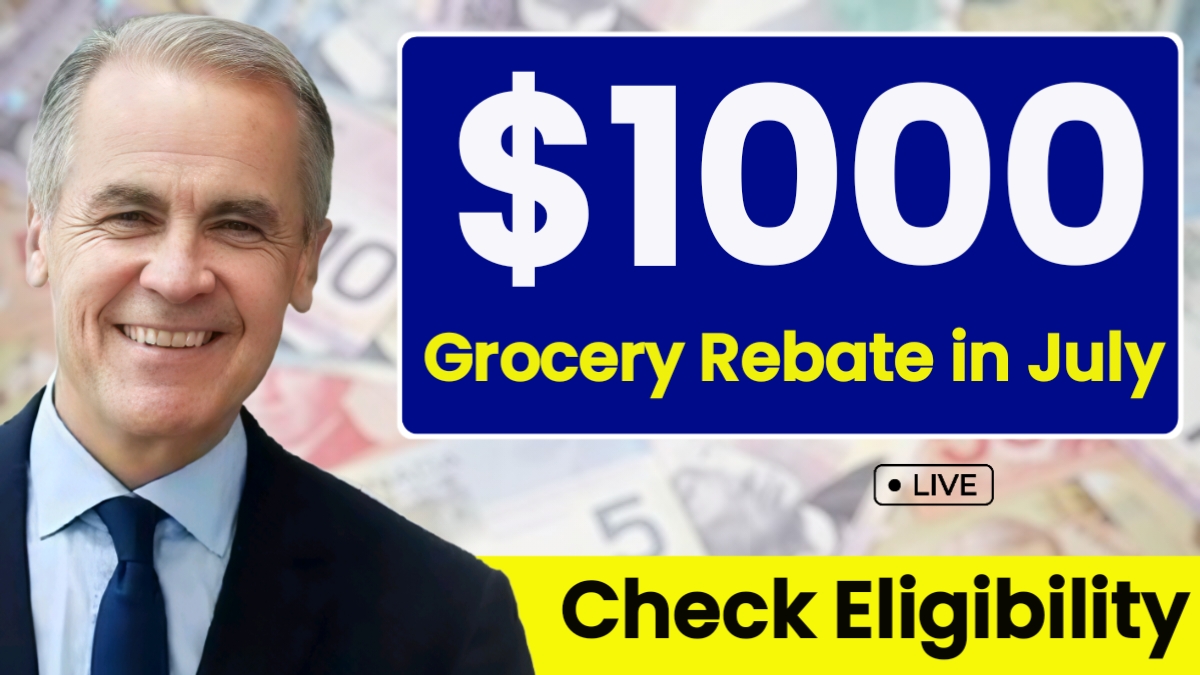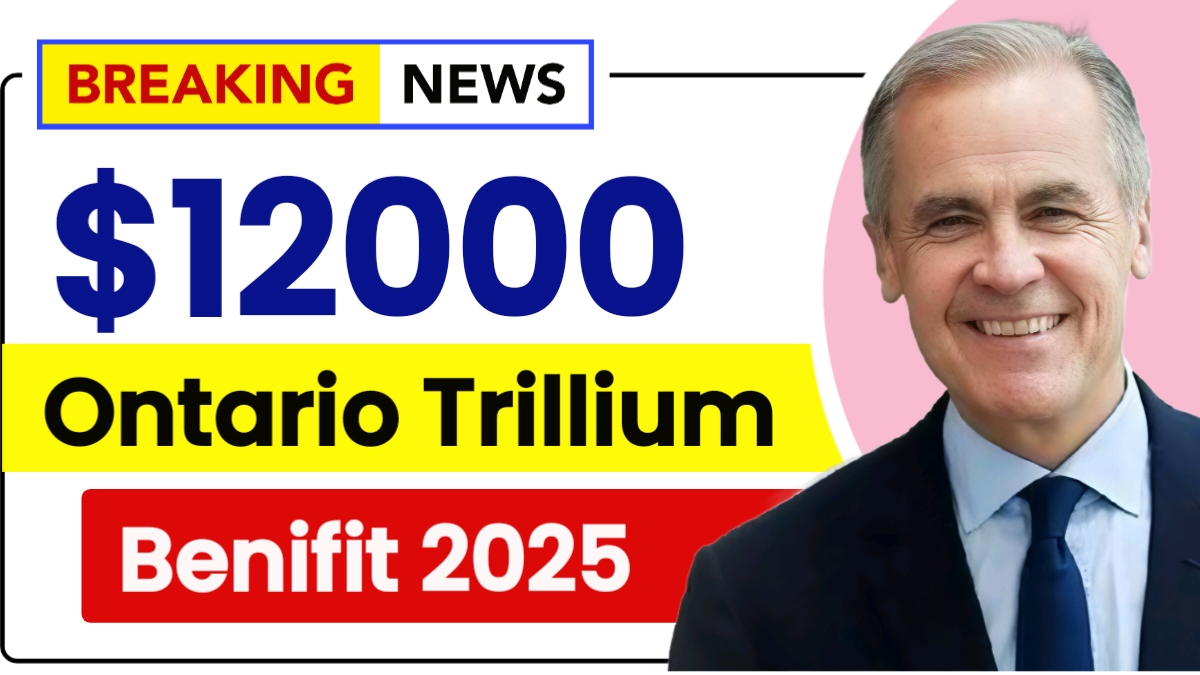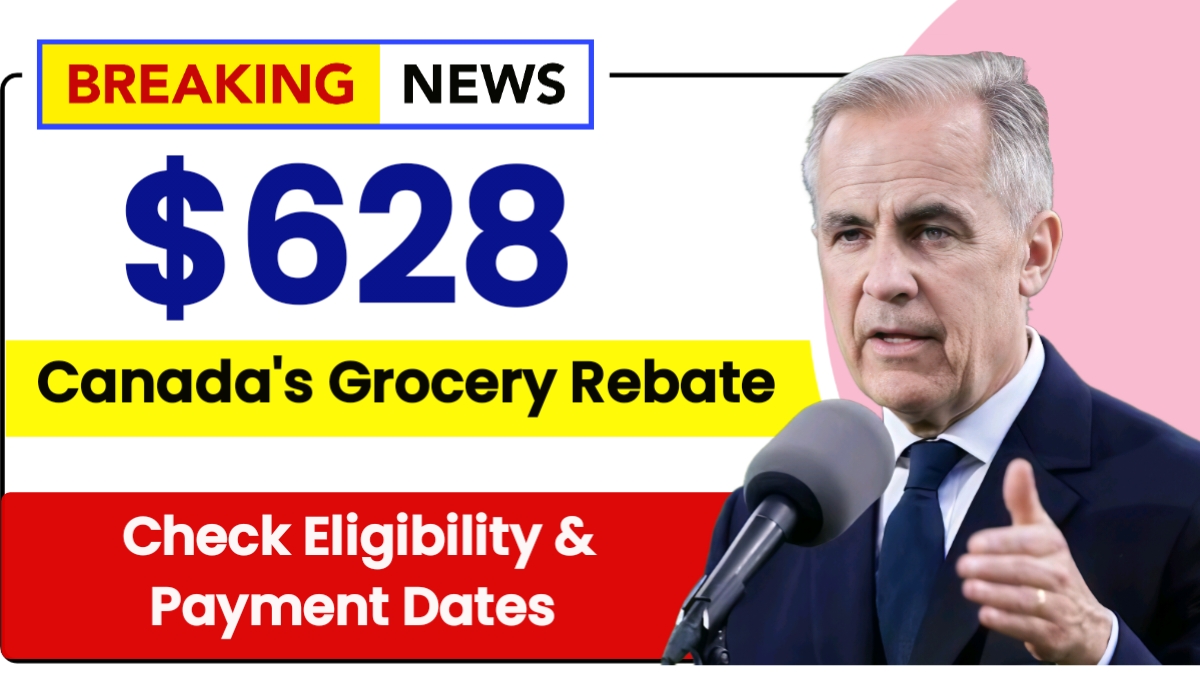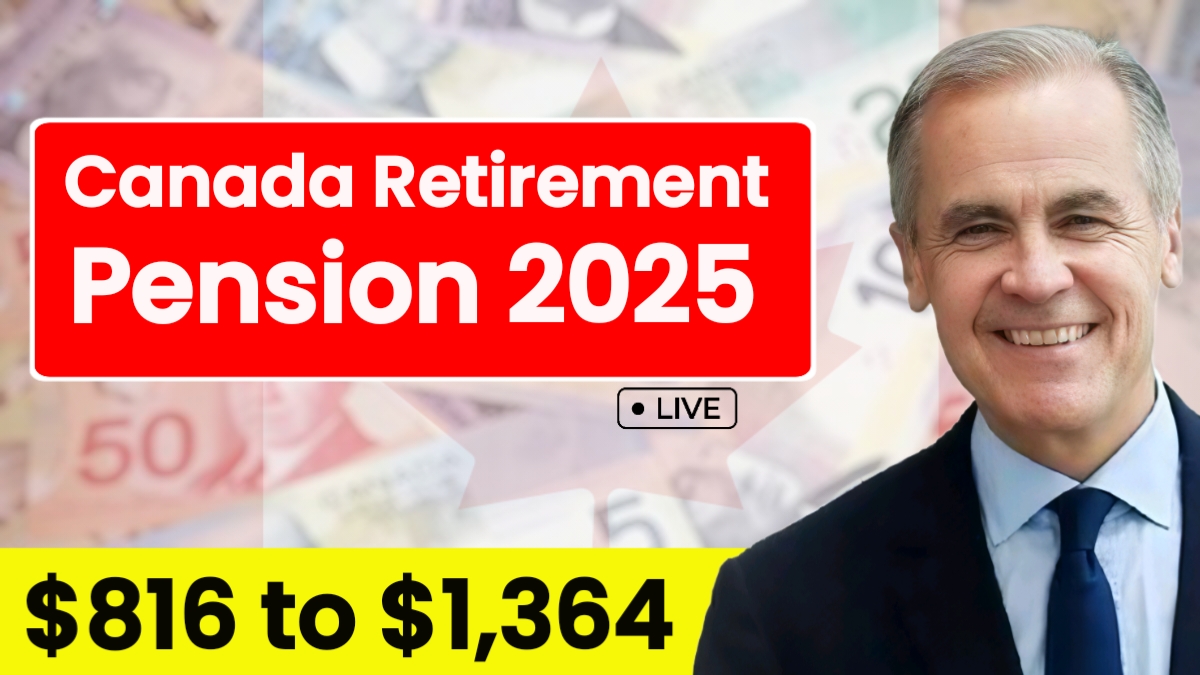The Canada Revenue Agency (CRA) has introduced a wave of tax changes for 2025 that are set to impact nearly every Canadian worker and business owner. From updated federal tax brackets to higher CPP contributions and a significant capital gains inclusion rate hike looming in 2026, these changes will affect your earnings, your investments, and your retirement planning. Whether you’re a salaried employee, self-employed, or managing payroll, now is the time to prepare.
Updated Federal Tax Brackets
To adjust for inflation, the federal income tax brackets for 2025 have been raised by 2.7%. This helps protect taxpayers from moving into higher tax brackets due to cost-of-living increases. The Basic Personal Amount (BPA)—the income you can earn before paying tax—has also increased to $16,129, though high earners will see a reduced BPA of $14,538. These changes are designed to ease the tax burden slightly for middle-income Canadians.
CPP Enhancements Introduced
A second tier of Canada Pension Plan (CPP) contributions starts in 2025 for those earning over $71,300. Employees will now pay an additional 4% on income between $71,300 and $81,200. For the self-employed, that doubles to 8%, since they contribute both employer and employee portions. This aims to boost future retirement income, but it also means smaller paychecks in the short term—especially for higher earners.
Provincial Tax Updates
Several provinces are making moves to adjust their tax policies too. Manitoba is phasing out its BPA for those earning over $200,000, increasing the tax bill for top earners. Meanwhile, Nova Scotia is finally indexing its tax brackets and credits to inflation, which offers some protection to growing wages. Prince Edward Island has also increased its BPA to $14,250, offering modest relief to middle-income households in the province.
Capital Gains Tax Alert
The biggest tax shift may be coming next year. Starting June 1, 2026, the capital gains inclusion rate will rise from 50% to 66.67%. This applies to individuals with over $250,000 in annual capital gains and to all gains made by corporations and trusts. Investors selling stocks, properties, or other assets should plan now, as a larger portion of profits will soon be taxed. Those near the threshold may want to consider selling before the new rules kick in.
How the Math Works
Let’s say you sell assets and make $300,000 in gains in 2026. Under current rules, only half—$150,000—is taxable. But under the new rules, $250,000 would be taxed at 50%, and the remaining $50,000 would be taxed at 66.67%. For corporations and trusts, the full $300,000 would be taxed at the higher 66.67% rate. This change makes tax planning essential for both investors and business owners.
What You Should Do
To stay ahead, start with your June 2025 pay stub. If your earnings are higher, you’ll likely notice an increase in CPP deductions. For business owners or freelancers, use the CRA Payroll Deductions Calculator (PDOC) to understand how to adjust your withholdings. If you manage a payroll system, it’s critical to update your software to reflect these new rates immediately.
Investment and Retirement Planning
If you’re expecting to trigger capital gains next year, consider whether it’s beneficial to sell assets before June 1, 2026. Spread gains across multiple tax years to remain below the $250,000 threshold where possible. Also, review your RRSP and TFSA contributions now that enhanced CPP may shift your retirement savings needs. A balanced strategy between registered and non-registered accounts will be more important than ever.
Business Owners: Take Note
If you’re responsible for payroll, it’s not just about tax rates. You’ll also need to update CPP formulas and ensure compliance with both federal and provincial changes. These changes are now in effect, so accuracy and timely updates will help avoid employee complaints and CRA penalties.
Disclaimer: This article is intended for informational purposes only and does not constitute financial or tax advice. Tax rules may change and impact individuals differently based on income, location, and other personal circumstances. Always consult a qualified tax advisor or accountant for personalized guidance.
